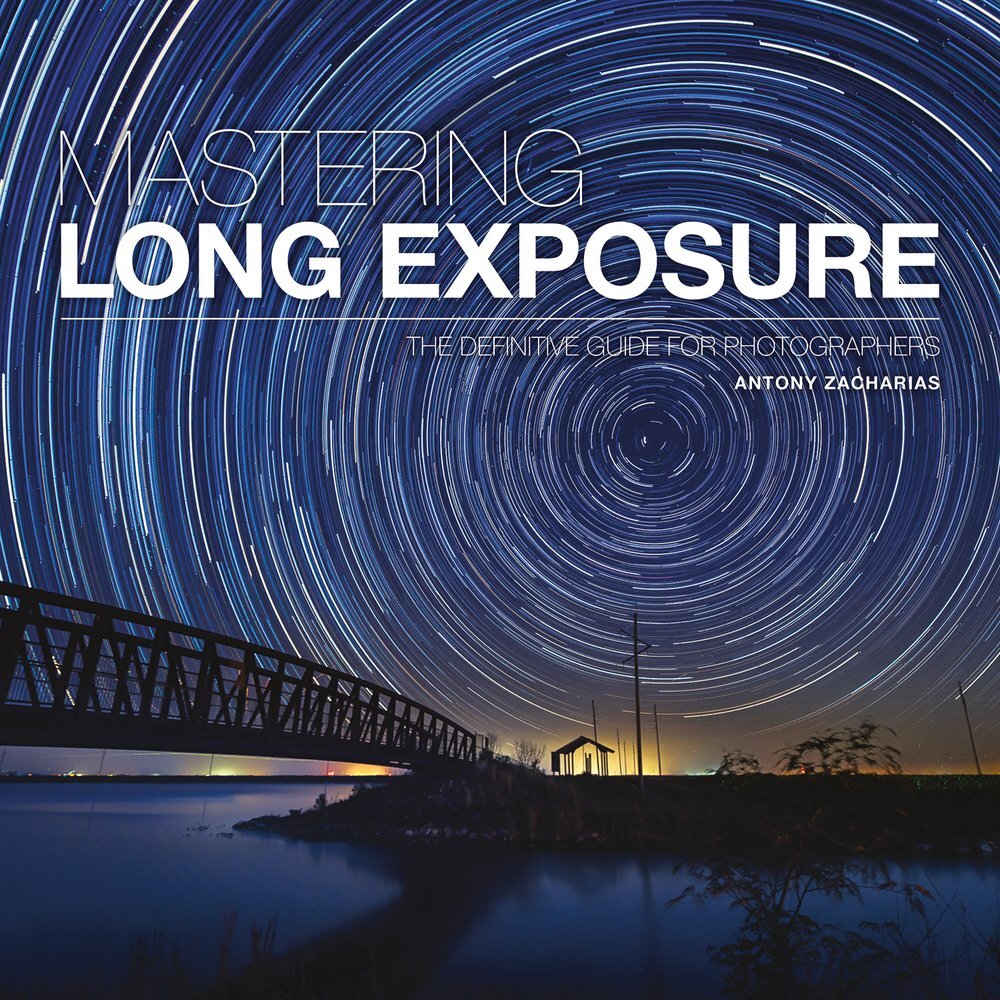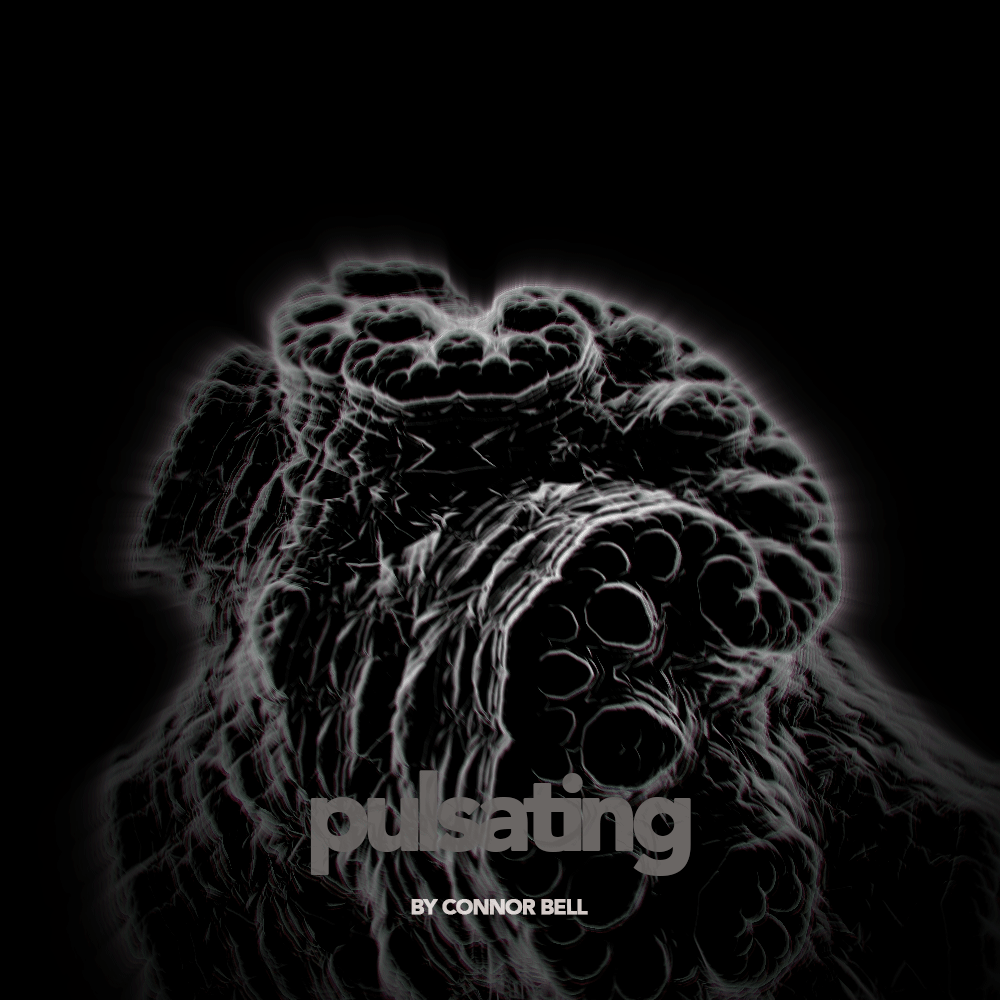Bibliography
A landmark volume in science writing by one of the great minds of our time, Stephen Hawking's book explores such profound questions as: How did the universe begin--and what made its start possible? Does time always flow forward? Is the universe unending--or are there boundaries? Are there other dimensions in space? What will happen when it all ends?
Told in language we all can understand, A Brief History of Time plunges into the exotic realms of black holes and quarks, of antimatter and "arrows of time," of the big bang and a bigger God--where the possibilities are wondrous and unexpected. With exciting images and profound imagination, Stephen Hawking brings us closer to the ultimate secrets at the very heart of creation.
An accessible and engaging exploration of the mysteries of time.
-Brian Greene, author of The Elegant Universe
Twenty years ago, Stephen Hawking tried to explain time by understanding the Big Bang. Now, Sean Carroll says we need to be more ambitious. One of the leading theoretical physicists of his generation, Carroll delivers a dazzling and paradigm-shifting theory of time's arrow that embraces subjects from entropy to quantum mechanics to time travel to information theory and the meaning of life.
From Eternity to Here is no less than the next step toward understanding how we came to exist, and a fantastically approachable read that will appeal to a broad audience of armchair physicists, and anyone who ponders the nature of our world.
Internationally acclaimed artist Andy Goldsworthy presents a wealth of work that uses time itself as a medium: on a Scottish hillside a huge rectangle of compacted snow becomes ever more visible as the surrounding snowfall melts away; clay walls dry out and crack, revealing new forms embedded within them; a sculpture of re-formed icicles catches the morning sunshine. This spectacular collection of color photographs celebrates the many ways in which Goldsworthy's art evokes the passage of time.
Presenting key works along with revealing excerpts from Goldsworthy's working diaries, this perceptive overview--which includes an extensive illustrated chronology by Terry Friedman--is a necessity for anyone who loves Goldsworthy's art.
Kinetic art not only includes movement but often depends on it to produce an intended effect and therefore fully realize its nature as art. It can take a multiplicity of forms and include a wide range of motion, from motorized and electrically driven movement to motion as the result of wind, light, or other sources of energy. Kinetic art emerged throughout the twentieth century and had its major developments in the 1950s and 1960s.
Professionals responsible for conserving contemporary art are in the midst of rethinking the concept of authenticity and solving the dichotomy often felt between original materials and functionality of the work of art. The contrast is especially acute with kinetic art when a compromise between the two often seems impossible. Also to be considered are issues of technological obsolescence and the fact that an artist’s chosen technology often carries with it strong sociological and historical information and meanings.
This new title in the bestselling Mastering series explores the challenges of long exposure photography, and how to consistently achieve perfection. Packed with stunning photography throughout, the expert advice, tips and tricks are augmented by Masterclasses from some of the worlds leading long exposure champions, each sharing the secrets of their success. So whether you want to master star trail photography, shoot cityscapes at dusk, paint with light, or use blur creatively, Mastering Long Exposure Photography is the only book youll need.
"Time" is the most common noun in the English language yet philosophers and scientists don't agree about what time actually is or how to define it. Perhaps this is because the brain tells, represents and perceives time in multiple ways.
Dean Buonomano investigates the relationship between the brain and time, looking at what time is, why it seems to speed up or slow down and whether our sense that time flows is an illusion. Buonomano presents his theory of how the brain tells time, and illuminates such concepts as free will, consciousness, space-time and relativity from the perspective of a neuroscientist. Drawing on physics, evolutionary biology and philosophy, he reveals that the brain's ultimate purpose may be to predict the future and thus that your brain is a time machine.


















